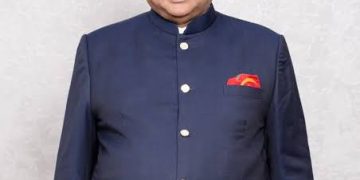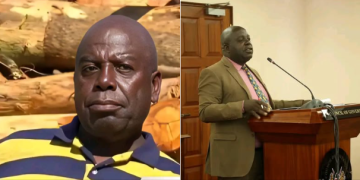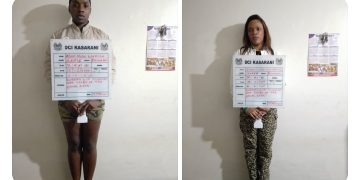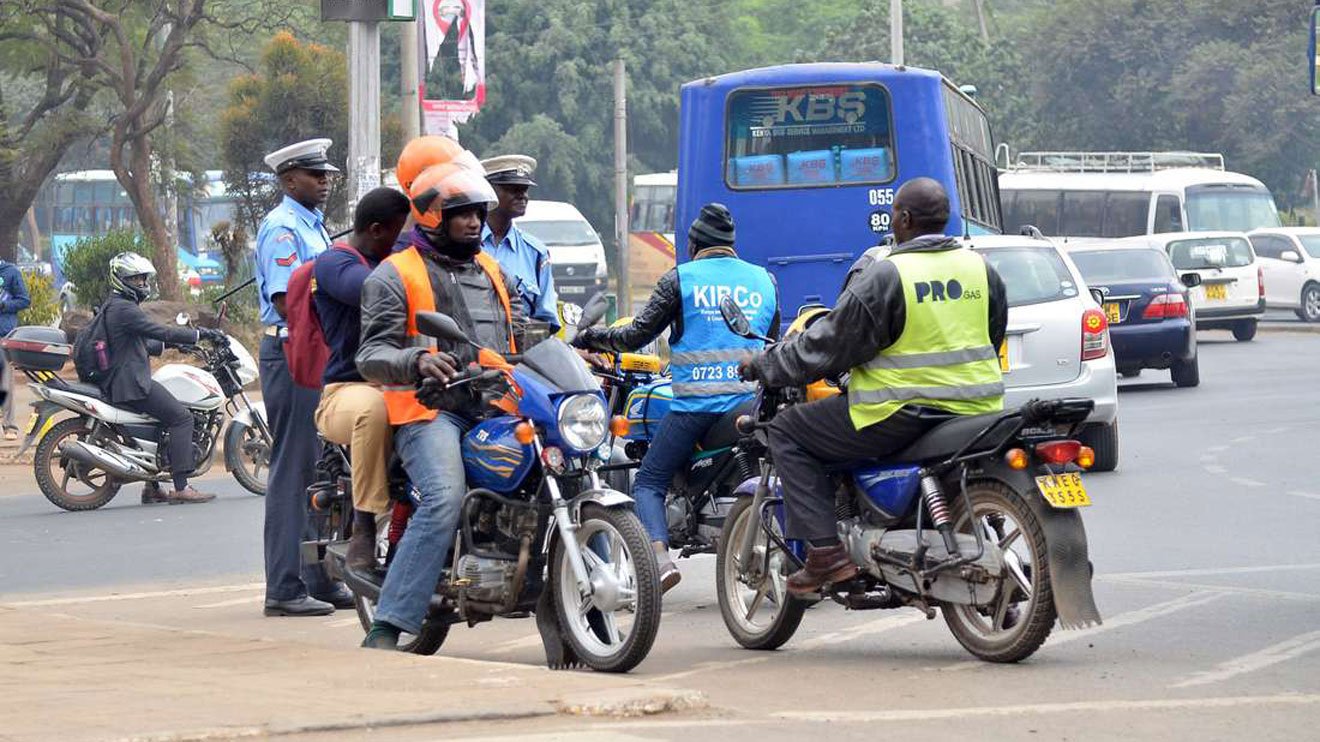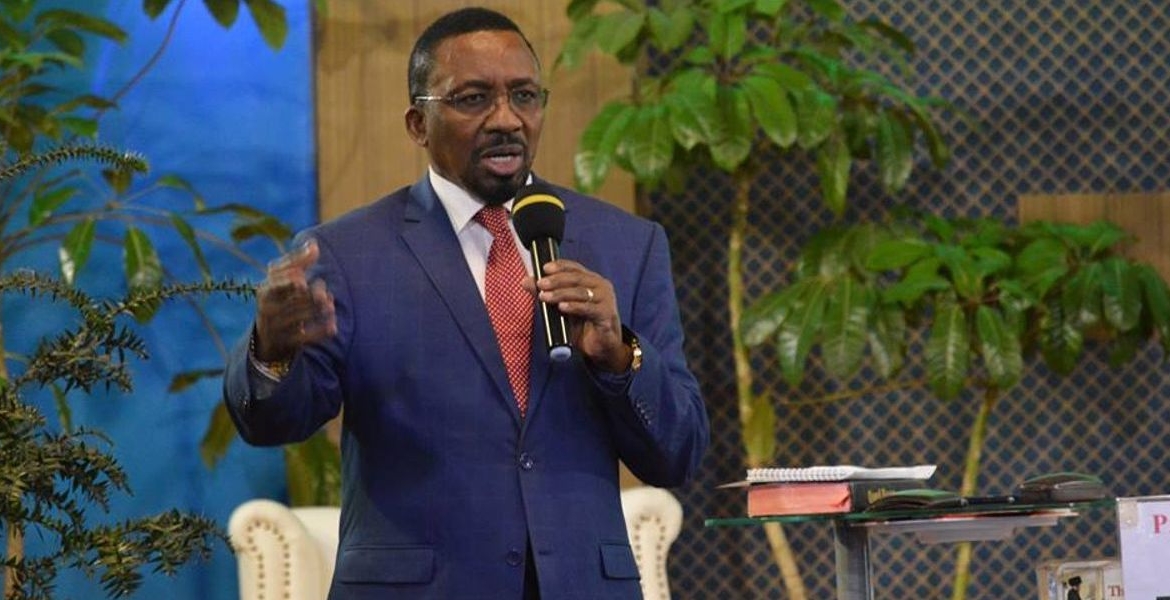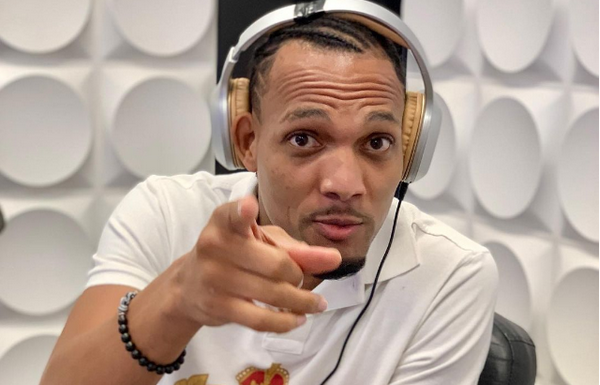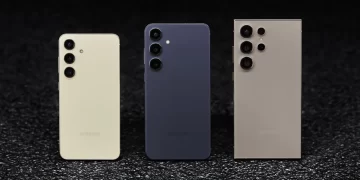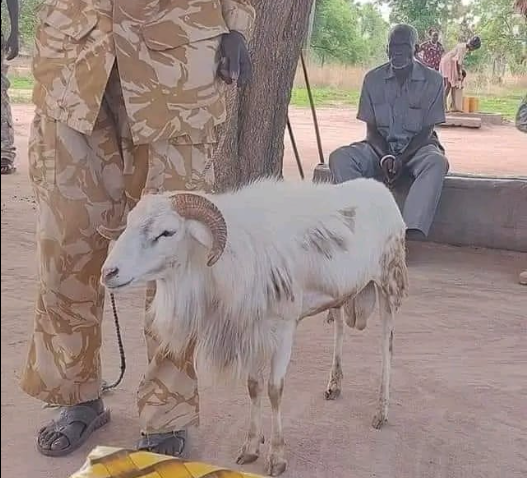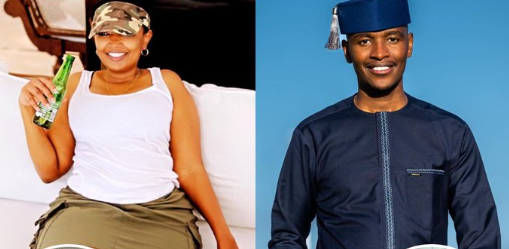She walked into a fertility clinic armed with a picture of the man she wanted her child to take after. It was the picture of a tall, muscular, sharply-dressed young man of a fair skin complexion.
Millicent had ideas of the characteristics she was looking for in a sperm donor. Besides the physical appearance, she wanted a donor of her same blood type, O positive.
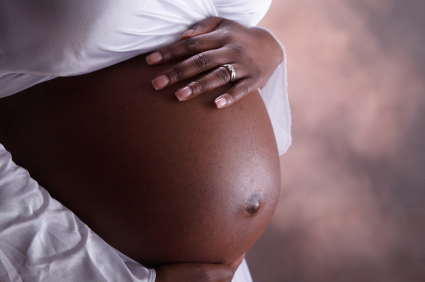
She was also attracted to a donor from her tribe, Luo, though she did not reveal to the Sunday Nation why she specifically wanted a donor from her ethnic extraction.
“You see how this man looks, I want a sperm of a tall, brownish, handsome looking man just the same as the one in the picture,” says Millicent, a mother of one, pointing at the picture of her husband.
Millicent has been married for the past 13 years. She managed to get her first baby but, along the way, the husband developed a sickness that made him unable to sire a child.
For seven years, they tried conceiving a child with little success. After several fertility tests, it was discovered that the husband’s sperms could not fertilise her eggs, as they were weak and could not move fast.
She, therefore, made the decision to start looking for a donor. She informed the husband, but the idea was met with rejection. It was not a light matter.
With the urge to grow her family, she visited a fertility clinic for advise and options, which to her were important given that she really wanted to have another child.
Selecting the right donor can be an overwhelming task. Millicent really wanted the decision to come from her husband. He agreed and they visited the clinic together.
After two sessions of counselling, he agreed but only on condition, that the donor should have the same blood group as his, a young, unmarried man below 30 years who will not demand custody and bonding with the child.
“In fact, we have the sperm of a young man who is a footballer and a bodybuilder. His sperms are very active, when I had an in-vitro done in one of the women, he had some of the best sperm I have ever seen,” says Millicent’s doctor.
They opted for the unknown donor. “Give us that,” the couple said. But it came at a huge price.
The clinic normally charges an average of about Sh30,000 for a sperm donation, but in Millicent’s case, she paid Sh45,000 because demand for the physical appearance she chose was high.
Dr Rajesh Chaudhary, the lead in-vitro fertilisation (IVF) specialist at Fertility Point, told the Sunday Nation that the leading characteristics that many women look for is physical appearance.
“More importantly, women want donors who resemble their partner’s appearance and blood group. They want donors who have the same features as their husband when it comes to height, colour of the hair, and skin colour,” Dr Chaudhary said.
If couples have positive blood groups, they look for a donor with any positive blood group. Most women prefer young donors who are very active, below 30 years.
Dr Chaudhary said that there are legal and ethical issues that have to be considered for the older donors.
“For the aged man, there are probabilities that they are married and most partners normally object to donation, which might attract legal complications in the future. For unmarried young men, they do not have the commitment,” he said.
Second, sperms by the aged are a bit damaged. The younger the donor, the better potential to fertilise.
Those coming in with their own donor do not pay as the arrangement is between the two.
“All they have to do is reach an agreement, fill and sign a consent form. Screening is done on both the donor and the client after which the selection of the sperm and insertion is done. The only process they pay for is the insemination and not the sperms,” he said.
For those without donors, a sperm is charged for as low as Sh25,000.
More women prefer unknown donors since they do not want attachment with them – only a child.
“If you go for a menu in restaurants, the prices of food are different. For instance, if you’re going for chicken and chapati, you will pay slightly higher than one taking chicken and ugali. This applies to the sperms as well,” says Dr Chaudhary.
He adds: “If you want more superior genes for a handsome and tall man, then obviously one will pay more because those are fast-moving and in high demand. Who will not want a sperm of a handsome man?” said a smiling Dr Chaudhary.
He said that women coming for sperms without specific demands pay as little as Sh25,000, while those with specifics pay up to Sh50,000.
As for intelligence, he says most women have noticed that it is not transmissible in the offspring, so it is not a priority to many.
“Women understand this and most of them are not bothered about the education factor so much, as long as you are tall, handsome, and have a good physique, then you stand a chance of selling your sperms even if you are a school dropout,” he said.
Dr Chaudhary noted it is the interaction of the male and female genes that dictates what a child inherits from the parents.
“When male sperms fertilise an egg, what determines the appearance of the offspring is the dominant gene. If the woman is dark and the husband is light, and the offspring is dark, then the woman’s gene is dominant,” he said.
In a month, about five women who are in need of sperms are attended to at the facility.
“Some are single women who want to start motherhood while others are married women struggling with infertility issues,” said Dr Chaudhary, who calls himself a father of many children.
The procedure takes between 10 to 20 minutes, but the woman has to be ovulating. The process of insemination can be done even three times before a woman conceives. The success rate is between 50 to 60 per cent, and depends on the age of the woman.
“The younger the person, the better the prospects. However, for 40 years and above, the success rate is dependent on the age of the woman,” he said.
If insemination of the sperm into the woman’s uterus does not work, then Dr Chaudhary normally advises them to go for in-vitro fertilisation.
Not everyone who applies to be a sperm donor qualifies, men with a history of certain diseases in the family including cystic fibrosis, and sickle cell anaemia cannot donate sperms and homosexual men.
Intravenous drug users are automatically disqualified, while men who have multiple partners are considered risky.
Those who pass the first stage are taken through a rigorous screening process before they are cleared to donate sperms.
“There are a lot of tests that are done behind-the-scenes before one is considered a donor including blood screening, specimen screening, genetic analysis and a physical evaluation,” Dr Chaudhary said.
The donor is also tested for infectious diseases like HIV, Hepatitis B, and Hepatitis C and even the blood typing.
“If a donor passes all the tests, then they are eligible to donate sperms and they are paid depending on their appearance,” he said.
Before they donate the sperms, one will be required to abstain from ejaculation or masturbation for at least two to three days.
Donation is done either at home or at a sperm bank, into a sterile container.
The semen sample is collected from the container and mixed with a cryopreservative solution, sealed in vials and frozen with liquid nitrogen. The frozen semen is stored at -321 degrees F. When needed, the semen sample is thawed and used in artificial insemination.
In the process of donation, sperm quantity, quality and movement will be evaluated again.
According to the World Health Organization, an ejaculation should contain 15 million spermatozoa per millilitre of ejaculated volume.
“A normal sperm should have a morphology shape, rounded heads, long neck and strong tails, no visible abnormality of neck, midpiece, or tail. We check the sperm count, their shape (head, neck and tail), sperm movement, and other characteristics. In general, if you have a higher number of normal-shaped sperm, it means you have higher fertility and they are able to move fast to fertilize the eggs,” he said. After this, we select the donor. A donator can sire a maximum of 10 children.
As much as this procedure is helping many to become parents and continue with their families, Dr Chaudhary says it is normally rejected by many.
“This is not like a sin, when the end product is a child then it should be positively accepted. A lot goes on behind-the-scenes before a donor is accepted to donate. We are keen on ensuring continuity of family while also safeguarding their privacy and their health,” Dr Chaudhary said.
By Angela Oketch Health and Science reporter
Source: Nation Africa





